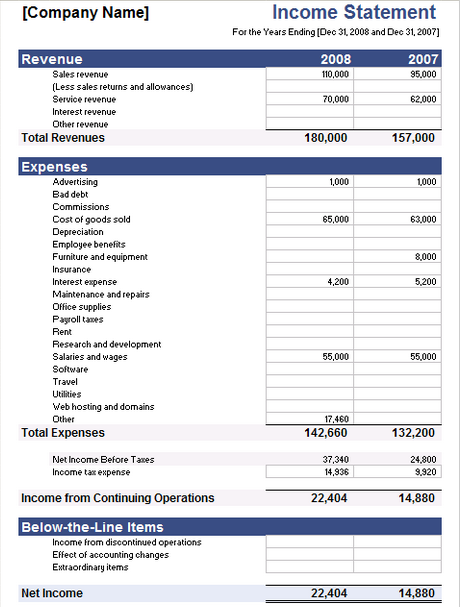Since you invest with your own money, why don't you pick stocks yourself rather than borrow other people's thought. (No one can understand you better than yourself!) However, someone might have a question that why do we need to pick the stock that is suitable for us? Why don't we just pick the stock that we can earn maximum profit?
"I don't care about picking the right stock for me as long as I can make money" This might match with someone thought! I can tell you that if you have this kind of attitude, in the long term, you will have nothing left, because it is a greedy attitude. you need to have definite goals, such as retirement, child's education, and house or car. These targets will make you know how much you have to earn from investment. Someone might not need to invest in stock at all after they understand their relationships between goals and returns. For instance, single and married people, certainly, have different financial burdens, so single people might not need to invest in stock because of their lower financial burden. Let's come back to the important question here before we go too far about "goal setting".
The question is
why do you need to pick stocks that are suitable for you?....because
1. Good for your health!
It might be confusing, but it's true....because if you buy stocks that are suitable for you, those stocks will match with your life style, characteristic, experience, and expertise well. For instance, if you work in the hotel industry, you should buy hotel or travel stocks, or any stocks related to your expertise (hotel), because you know about hotel more than other people on average. So, when hotel stocks go down sharply, you will be the very first group of people who know what happen, and understand it without anxiety. Imagine that, this year, there will be the Olympic in Brazil. Most of travelers will go to Brazil and ignore other attractions around the world. Consequently, most hotel stocks' price around the world go down because of this circumstance. If you work in the hotel industry, you will know that this is just a short term trend. Next year, hotel stocks' price will be back.
On the other hand, Mr.D opened stock account with Mr.B (Broker representative). Mr.B recommended Mr.D to buy hotel stocks. Mr.D followed Mr.B's advice by buying hotel stocks with some considerable amount of money. Two months later, the hotel stocks Mr.D bought plunged dramatically with the same reason above (Brazil Olympic). After long discussion with Mr.B about the reason, Mr.D seemed to understand, but Mr.D still has acute anxiety about it in his mind. Over time, Mr.D kept thinking about it. Mr.D was so stressful that his thoughts started to affect his work and personal life. Eventually, he decided to sell the hotel stocks so as to know that their prices were going back in the next few months after he sold:(
2. Invest with fun!
Picking stocks for me is like learning. Learning something that you don't like is hard to make an impressive progress. If you buy the stock that you have no idea what its business is, you will just look at the
price of the stock, but not the
value of that stock. You will not be able to connect the factors that have an effect on your stock, because you don't know the core business of it. When you could not connect your stock with the factors related to it, you will never be able to forecast what will happen with the price in the future. You will think that all depends on "fate". If you have that thought, try to think what is the purpose of CEO, business's strategy, education? These factors try to push up the company's performance and stock price, don't they? It is not the fate that drive the stock price, but the company's performance!
Therefore, before you buy a stock, you should know what your expertise is and try to apply it to how you buy your stock. It will generate you more value than keep following other people's advice without real understanding. You might find that you can read or learn about a stock you like for many hours.
You can get more fun and knowledge with this style of investment:)












